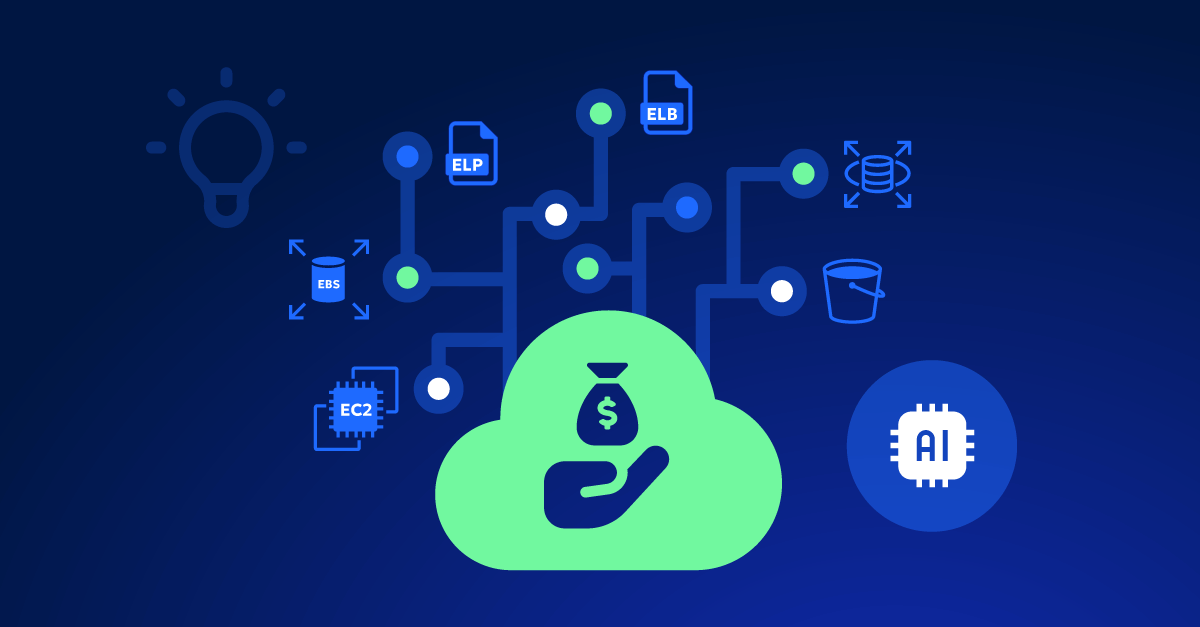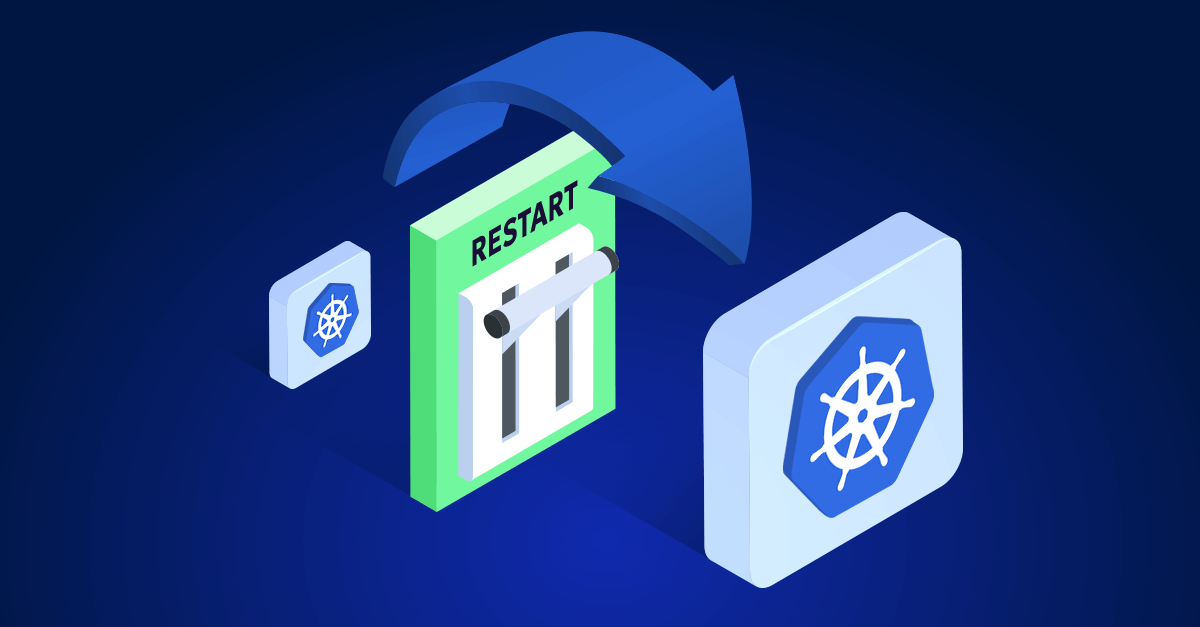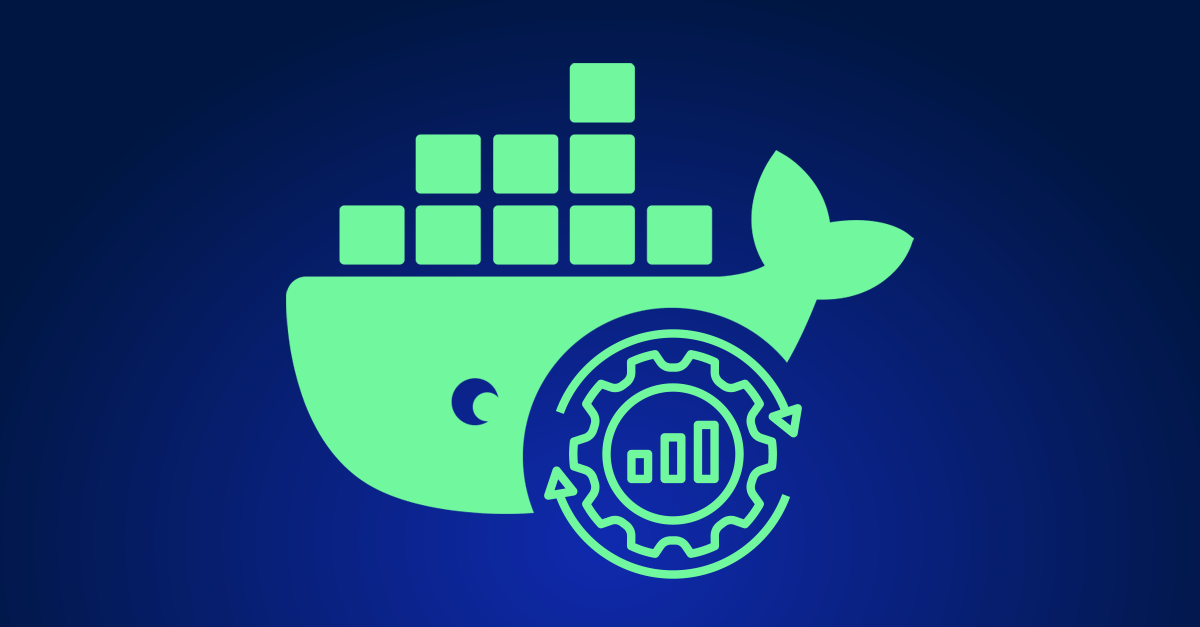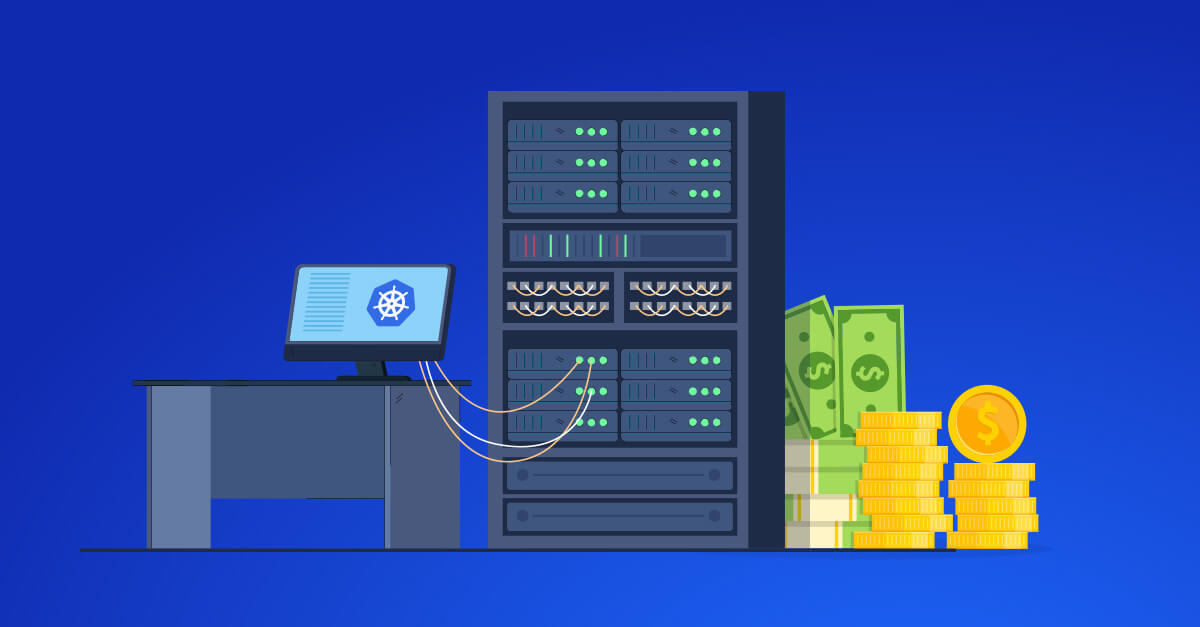Having spent years in cloud engineering, I’ve faced the complexities of AWS cost management head-on. One of the biggest challenges is dealing with the sheer amount of data—billing details, usage logs, and performance metrics. Manual analysis, while helpful, often leaves gaps. It’s easy to miss patterns or potential savings when you’re buried in data.
AI-based recommendations have been a revelation in my work. These tools analyze vast datasets to provide clear, actionable insights that go beyond traditional methods. For instance, they can pinpoint underutilized resources or suggest more cost-effective configurations. This has shifted my approach from merely reacting to bills to proactively managing costs. AI tools not only highlight where money is going but also offer practical steps to optimize spending.
In this article, I’ll share insights into the challenges of traditional AWS cost management and how AI-based recommendations can transform this process, making it more efficient and precise. Let’s explore how these technologies can help you take control of your AWS costs.
Challenges of Cost Management in AWS
Manual cost management involves detailed analysis of billing data, usage reports, and performance metrics. However, this approach has several inherent limitations:
- Data Complexity: AWS generates an enormous amount of data, including detailed logs and diverse usage metrics. Parsing through these datasets manually to extract meaningful insights is challenging and often leads to missed opportunities for optimization. The complexity of this data requires sophisticated analysis tools that can discern patterns and trends not readily apparent through manual examination.
- Inaccurate Forecasting: Manual methods typically involve simplistic models for provisioning future usage and costs, often based on static assumptions or past averages. These models fail to account for the variability in cloud usage, such as seasonal traffic spikes or unanticipated changes in workload demand. This can lead to significant budgeting inaccuracies and resource inefficiencies.
- Limited Granular Insights: Traditional cost management tools generally provide high-level summaries without the granularity needed to drill down into specific resource usage. This lack of detailed visibility hampers the ability to identify and rectify inefficiencies at a micro level, such as identifying which specific instances or services are driving costs.
- Resource Intensive: The manual process of analyzing and interpreting cloud cost data is not only time-consuming but also resource-intensive. This can be particularly burdensome for organizations with large and complex AWS environments, where the sheer volume of data and the diversity of services used can overwhelm even the most diligent teams.
What Are AI-Based Recommendation?
AI-based recommendations utilize machine learning (ML) and artificial intelligence (AI) to analyze cloud data, offering a more nuanced and accurate approach to cost management. These tools provide several key features:
- Advanced Data Aggregation: AI tools aggregate and normalize data from various AWS services, ensuring that all relevant information is considered in the analysis. This comprehensive data collection is crucial for understanding the full scope of usage and identifying optimization opportunities.
- Sophisticated Pattern Recognition: Unlike manual methods, which may overlook subtle patterns, ML algorithms can detect complex usage trends and anomalies. For example, AI can identify patterns indicating over-provisioning of resources or inefficient data transfer practices that contribute to unnecessary costs.
- Predictive Analytics: AI tools use historical data to build predictive models, offering more accurate forecasts of future costs and resource needs. This allows organizations to anticipate demand and budget more effectively, avoiding the pitfalls of under- or over-provisioning.
- Prescriptive Recommendations: Beyond forecasting, AI-based tools provide prescriptive analytics, offering specific, actionable recommendations. These recommendations might include suggestions for rightsizing instances, leveraging reserved instances, or optimizing data storage solutions to reduce costs.
Advantages of AI-based recommendations
The application of AI in AWS cost management provides significant advantages:
- Enhanced Accuracy: AI systems utilize advanced algorithms to process and analyze data, reducing the risk of human error. This results in more accurate identification of cost-saving opportunities and better-informed decision-making.
- Real-Time Analysis: AI tools can analyze data in real-time, providing immediate insights and alerts. This is critical for quickly addressing anomalies or inefficiencies, such as unexpected cost surges due to misconfigured services.
- Scalable Solutions: AI tools are designed to handle the scale and complexity of modern cloud environments, making them suitable for large organizations with extensive AWS usage. This scalability ensures consistent and comprehensive cost management across all services and regions.
- Resource Efficiency: By automating the data analysis process, AI reduces the need for manual intervention, freeing up valuable time and resources for IT teams. This allows teams to focus on strategic initiatives rather than being bogged down by routine cost management tasks.
How AI Optimizes AWS Costs: A Closer Look
AI technologies optimize AWS costs through several technical mechanisms:
- Machine Learning Models: Specifically LSTM models are often used to predict cost trends and are trained on extensive datasets, learning to identify cost-saving opportunities and predict future usage patterns. For example, they can recommend when to purchase reserved instances based on historical usage trends, balancing cost savings with flexibility.
- Anomaly Detection: AI algorithms are adept at identifying anomalies in data, such as unusual spikes in resource usage that might indicate a misconfiguration or a security breach. Early detection of these anomalies helps in taking corrective actions promptly, minimizing their impact on costs.
- Optimization Algorithms: AI systems employ optimization algorithms to suggest the most cost-effective configurations for AWS resources. This includes recommendations for instance resizing, workload distribution, and selecting cost-effective storage solutions.
- Scenario Simulation: AI tools can simulate various cost optimization scenarios, helping organizations understand the potential impact of different strategies. This capability is essential for making data-driven decisions about resource allocation and cost management.
Implementing AI-Based Cost Optimization in AWS
To effectively implement AI-based cost optimization in AWS, consider the following steps:
- Deploy AI Tools: Select AI tools that integrate well with AWS and offer robust features for data analysis and recommendation generation. Third-party solutions, such as Zesty Insights, provide user-friendly interfaces and real-time analytics, making them accessible even for teams with limited AI expertise.
- Customize: Adapt the AI models to your specific business needs, considering factors such as workload types, usage patterns, and budget constraints. Customization enhances the relevance and accuracy of the recommendations provided by the AI tools.
- Monitoring: Regularly monitor the performance and effectiveness of AI-generated recommendations, adjusting your strategies as necessary. This dynamic approach ensures that your cost optimization efforts remain aligned with your evolving business needs and market conditions.
- Team training: Ensure that your team is well-versed in using AI tools and interpreting their outputs. Provide training on both the technical aspects of the tools and the strategic implications of the recommendations.
Looking ahead
As AWS environments continue to grow in scale and complexity, the challenges of managing cloud costs are becoming more pronounced. Traditional methods, while still valuable, often fall short in providing the detailed, actionable insights needed to optimize expenses effectively. AI-based tools offer a compelling solution, leveraging advanced analytics and machine learning to deliver precise recommendations and real-time monitoring.
Integrating these AI capabilities into your cost management strategy can significantly enhance your ability to control expenses, optimize resource allocation, and forecast future needs. By staying informed and proactive, organizations can navigate the evolving landscape of cloud computing with greater confidence and efficiency. Embracing AI for cost optimization not only helps in managing current expenses but also positions businesses for sustainable growth and innovation in the cloud.
Further reading
- Machine Learning for Cost Optimization in Cloud Computing: A Survey
Journal of Cloud Computing: Advances, Systems and Applications
Read the article - Predictive Analytics and Machine Learning in Cloud Resource Management: A Review
IEEE Transactions on Cloud Computing
Read the article - A Review on Leveraging Machine Learning for Anomaly Detection in Cloud Cost Management
International Journal of Computer Applications
Read the article










